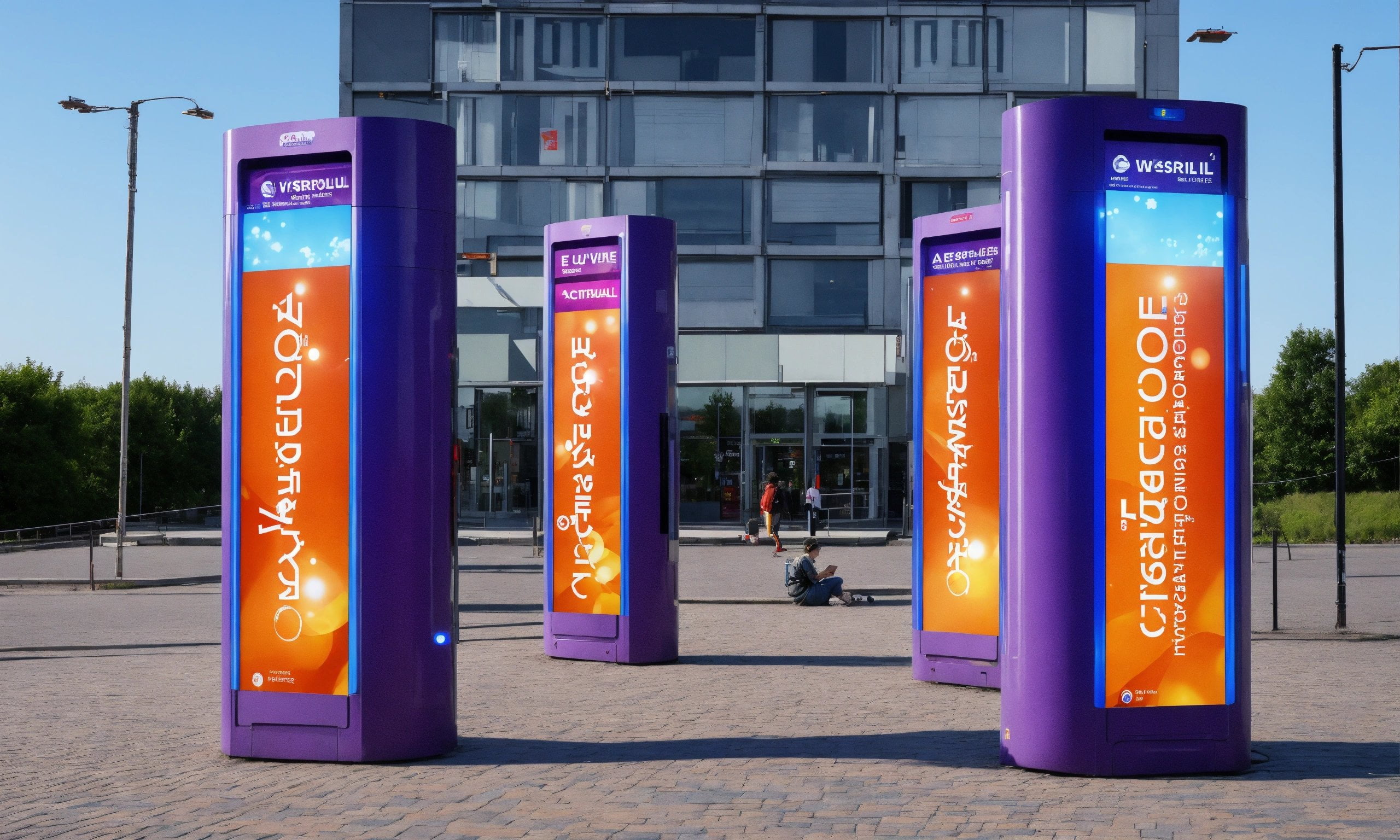In today’s fast-paced digital world, businesses constantly look for innovative ways to interact with customers and improve footfall in a competitive market. And among many powerful tools is the Digital Signage Standee. From concept to reality, implementing the Digital Signage Standee strategy transforms your business with excellent customer engagement, product promotion, and a memorable brand experience. This blog takes you on a journey in bringing your Digital Signage Standee Strategy to life.
Understanding the Digital Signage Standee
A digital signage standee is the most recent solution for offering the power of visualization of its predecessors in traditional standees, coupled with dynamic features. On the other hand, a digital standee could present a video, animation, or slide show supported by interactive functions, providing excellent ways to draw attention, offer information, and engage customers in more content simultaneously.
Step 1: Define Your Objectives
Before getting into any technical details, it is paramount to lay down objectives regarding your Digital Signage Standee Strategy. Ask yourself the following:
• What are you looking to achieve out of the digital signage standee?
• Who is your target audience?
• What kind of content would engage your audience’s attention?
• Where is the standee going to be set up?
Laying down these objectives will be a firm grounding for further steps, ensuring that the digital signage standee is compatible with your business goal
Step 2: Plan Your Content Strategy
Content is the essence of any digital signage standee. A good content strategy can distinguish between a standee that fades into the background and one that captures and keeps interest alive. Some pointers to remember while planning the content include:
- Keep it Dynamic: Using videos, animations, and changing visuals would make the content enjoyable for viewers.
- Tell a Story: Develop a story that would be relatable to your audience and resonate with your brand message.
- Use High-Quality Graphics: There has to be no compromise in the quality of graphics, images, or video clips to maintain a high level of professionalism.
- Update Regularly: Keep the material fresh and relevant by regular updates.
Step 3: Choose the Right Hardware and Software
In creating the campaign for your digital signage standee, you have to select the proper hardware and software that will make it effective. Below is what you need to explore:
- Display Screen: Select a display screen suitable for the environment and the audience. This may be in the form of an LCD screen, an LED screen, and sometimes even a touch screen.
- Media Player: Choose a media player compatible with what you want to display and deliver performance to rely on.
- Mounting and Housing: Use robust and elegant enclosures that are hardware-protected and augment aesthetic beauty.
- Software: Adopt digital signage software for content creation and management, scheduling, and remote control.
Step 4: Design and Develop Your Standee
After this, you design and develop your digital signage standee since the hardware and content strategy are already in place. So, get into the room with these designers and cook something attractive, appealing, and functional for a standee, according to the brand book. Don’t forget to count on the following:
• Visual Design: Make the standee attractive and eye-catching.
• User Interface: Design a user-friendly interface if your standee has an interactive design.
• Ergonomics: The height and angle of the standee are dimensioned correctly for viewing and interaction.
Step 5: Install and Test
Once your digital signage standee has been fabricated, installation should take place wherever you have decided to post it. Of course, it should be installed nicely and stably. After installation, it will undergo a long period of testing to ensure that there is nothing wrong with the hardware or software. The most common problems are screen resolution, content playback, and interactivity.
Step 6: Launch and Monitor
After installation and testing of the standee, it is time for you to launch your digital signage strategy. Promote that you are launching this on any of your marketing channels; a bit of hype never does any harm. After setting the standee status to live, continuously follow up with its performance. You can easily track viewer engagement, content performance, and overall performance via the analytic tools that exist within your digital signage software.
Step 7: Optimize and Update
Your journey will not be complete once it has launched. You should keep assessing performance data and collecting customer feedback for areas that need improvement. Update the content to refresh and make it relevant, setting the necessary adjustments in enhancing the effectiveness of the standee. Continuous optimization will ensure that your digital signage standee remains a value-add asset to your business.
Conclusion
Design of digital signage strategy in the standee requires well-executed planning, creative optimization, continuous testing, and evaluation. A clear definition of the goals, the creation of engaging content, and the choice of suitable hardware and software, followed by result monitoring, let you very quickly implement your digital signage standee concept into unbeatable experiences for your customers. Embrace the power of digital signage standees in enhancing your brand presence, engaging your target audience, and driving business growth in this dynamic digital world.
Final Thoughts
As technology keeps changing, so do the prospects of digital signage standees. Keeping updated about the latest innovations and trends will assist you in making use of this solid tool for your advantage. Whether it is for small businesses or big enterprises, a well-done strategy in digital signage standees may assist your firm in outshining the rivalry and, at the same time, ensuring good impressions in the minds of your customers.





